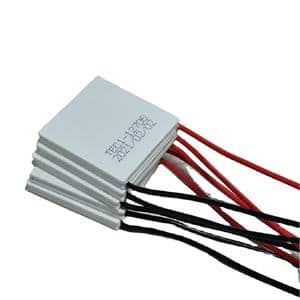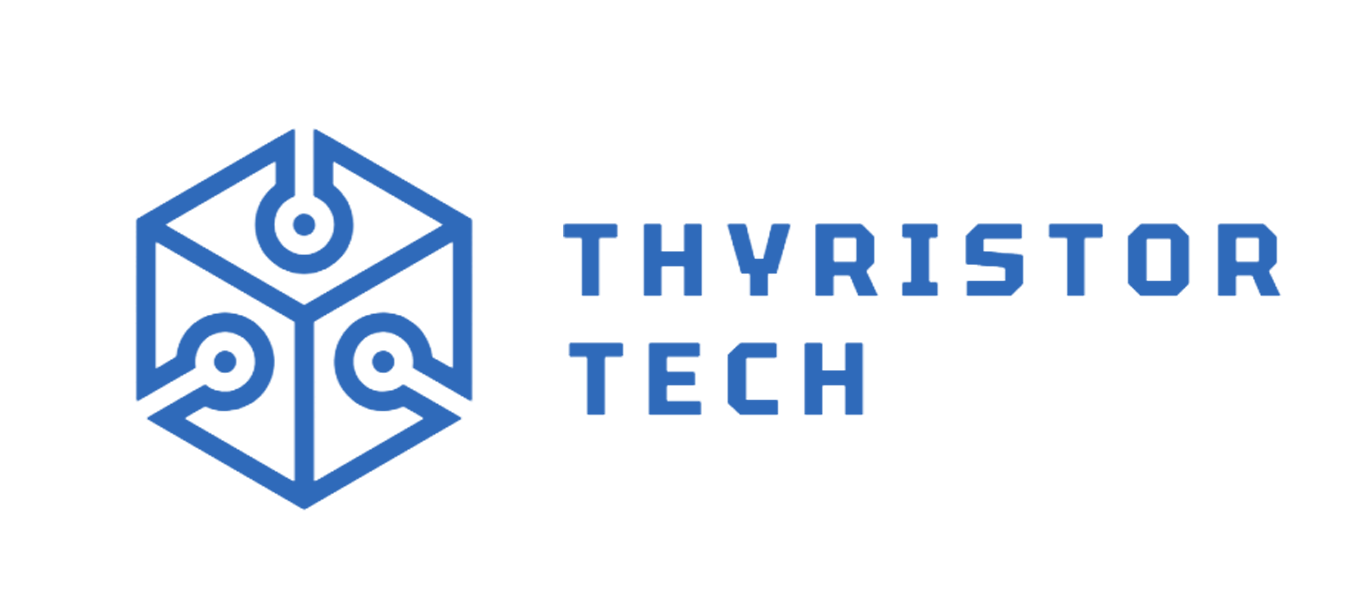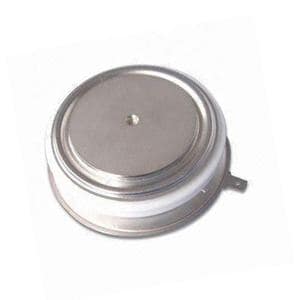Electronic Components Supplier | Transformers, Inductors, Inverters
PRODUCT PARAMETERS
Description
Overview of Rectifier diode Phase Control Thyristor SCR
Thyristor is a solid-state semiconductor device composed of four layers of alternating P- and N-type materials. It functions as a bistable switch, conducting current only when triggered by a gate signal, and remains conducting until the voltage across it drops below a certain threshold. Thyristors are widely used for controlling high-power electrical circuits, offering efficient and reliable performance in various industrial and electronic applications.
Features of Rectifier diode Phase Control Thyristor SCR
- High current and voltage handling capabilities
- Low on-state voltage drop, reducing power loss
- Fast switching speeds for precise control
- Latching behavior: once triggered, remains conducting without continuous gate signal
- Robust and durable design suitable for harsh environments
- Available in various types (e.g., SCR, TRIAC, GTO) for specific needs
(Rectifier diode Phase Control Thyristor SCR)
Specifications of Rectifier diode Phase Control Thyristor SCR
Rectifier diode phase control thyristors (SCRs) control large electrical power. They act like switches. Understanding their key specifications is vital for proper selection and safe operation.
Voltage ratings are critical. The VDRM and VRRM values show the highest voltage the SCR can reliably block in each direction. Never exceed these peak repetitive off-state voltages. The VDSM and VRSM ratings indicate the absolute maximum non-repeating surge voltages the device might survive briefly. Choose an SCR with voltage ratings significantly higher than your circuit’s maximum expected voltage. This provides a safety margin.
Current handling is equally important. The IT(RMS) rating defines the maximum continuous root-mean-square current the SCR can carry when conducting. The IT(AV) rating gives the maximum average current over a full cycle. Exceeding these causes overheating and failure. The I2t rating specifies the short-term surge current withstand capability. This protects against brief overloads like motor starts. The IGT value is the minimum gate current needed to reliably turn the SCR on. The VGT is the gate voltage required with that current. Ensure your control circuit provides enough gate drive.
Thermal limits matter. The maximum allowable junction temperature (Tj max) is the highest internal temperature the silicon can handle. The thermal resistance from junction to case (Rth j-c) shows how effectively heat moves out of the silicon chip. Lower thermal resistance is better. Proper heat sinking keeps the junction temperature below its maximum limit.
Switching characteristics affect performance. The circuit commutating di/dt defines how fast the current must fall to zero for the SCR to turn off safely. The gate-controlled turn-on time (tgt) is how quickly the SCR switches on after the gate signal arrives. The circuit commutating turn-off time (tq) is the minimum time the SCR needs to regain its blocking ability after current stops. These times influence switching speed and frequency limits.
(Rectifier diode Phase Control Thyristor SCR)
Applications of Rectifier diode Phase Control Thyristor SCR
Rectifier diodes and SCRs handle power control jobs. They work well together. Rectifier diodes change AC power to DC power. SCRs act like controllable switches. They manage when power flows during the AC cycle. This is phase control. It adjusts the power delivered to a load.
SCRs excel in controlling big motors. They manage motor speed smoothly. This happens in industrial fans or conveyor belts. They also control light brightness. SCR dimmers are common for stage lights or large rooms. They save energy by adjusting light levels precisely.
Power supplies often use SCRs. They regulate DC voltage output reliably. This is vital for stable machine operation. Battery chargers benefit too. SCRs control the charging current carefully. This protects batteries and makes charging efficient.
Heating systems rely on SCR phase control. Electric furnaces and ovens use them. They adjust temperature accurately. SCRs turn heating elements on and off rapidly. This maintains the exact heat level needed.
SCRs handle high currents and voltages. This makes them tough for demanding jobs. They are reliable switching devices. They manage power flow effectively in many situations. Motor drives, lighting systems, and power converters use them daily. Their ability to precisely time the power flow is key. This control saves energy and protects equipment. Many industries depend on this technology for essential operations.
Company Profile
PDDN Photoelectron Technology Co., Ltd. is one of the leading enterprises in power electronics technology and power products, which is fully involved in developing solar inverters, transformers, voltage regulators, distribution cabinets, thyristors, modules, diodes, heaters, and other electronic devices or semiconductors. We will be committed to providing users with high-quality, efficient products and considerate service.
It accepts payment via Credit Card, T/T, West Union, and Paypal. PDDN will ship the goods to customers overseas through FedEx, DHL, by sea, or by air. If you want high-quality Rectifier diode Phase Control Thyristor SCR, please send us inquiries; we will be here to help you.
Payment Methods
L/C, T/T, Western Union, Paypal, Credit Card etc.
Shipment
By sea, by air, by express, as customers request.
Storage Conditions
1) Store in a dry environment at room temperature.
2) Avoid damp and high temperature.
3) Use immediately after opening the inner packing bag.
5 FAQs of Rectifier diode Phase Control Thyristor SCR
Here are five common questions about Rectifier Diode Phase Control Thyristor SCRs:
What does a Phase Control SCR do? It controls power flow in AC circuits. It acts like a switch for electricity. It only lets current flow one way. You control when it turns on during the AC voltage cycle. This controls the average power delivered to a load. It changes motor speed or light brightness effectively.
Why choose a Phase Control SCR over other methods? These SCRs handle very high power levels reliably. They are tough components. They work well for big industrial jobs. They manage large currents and voltages efficiently. Simpler circuits often use them. They are cost-effective for heavy-duty power control.
Where are Phase Control SCRs typically used? You find them controlling big motors. They adjust motor speed smoothly. They manage electric heating systems. They control the heat output. They regulate bright lights, like stage lighting. They work in power supplies needing variable AC output. They are common in industrial machines.
Do Phase Control SCRs need special cooling? Yes, they often get hot. Managing heat is critical. They usually need heatsinks. Heatsinks pull heat away. Sometimes forced air cooling is necessary. Fans blow air over the heatsink. Proper cooling stops the SCR from failing early. Check the datasheet for exact cooling needs.
How do you control a Phase Control SCR? You apply a small signal to its gate terminal. This signal tells the SCR when to turn on. You time this gate pulse within the AC cycle. The timing decides the power level. Earlier pulses give more power. Later pulses give less power. Control circuits generate this precise timing pulse.
(Rectifier diode Phase Control Thyristor SCR)
REQUEST A QUOTE
RELATED PRODUCTS
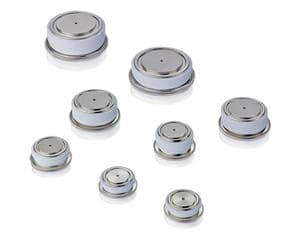
hot factory thyristor fast switching thyristor SCR
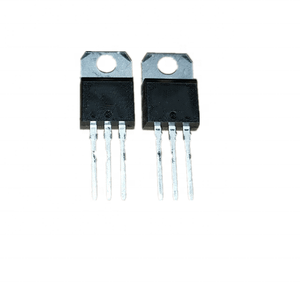
3 Phase Thyristor Regulator 220v 480VAC SCR Power Regulator Voltage Controller

SCR Diode Module Capsule Type Fast Turn-Off Power Semiconductor for High Current Applications
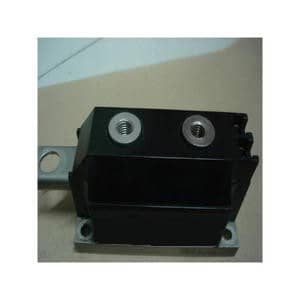
300Kvar TSC Reactive Compensation Power Factor Panel 380v Thyristor Switched Capacitor
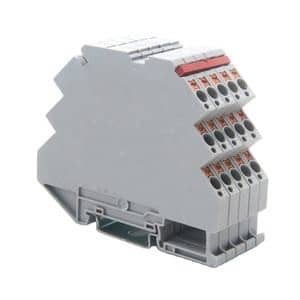
Three-terminal bidirectional thyristor for fast motor control and AC switching
